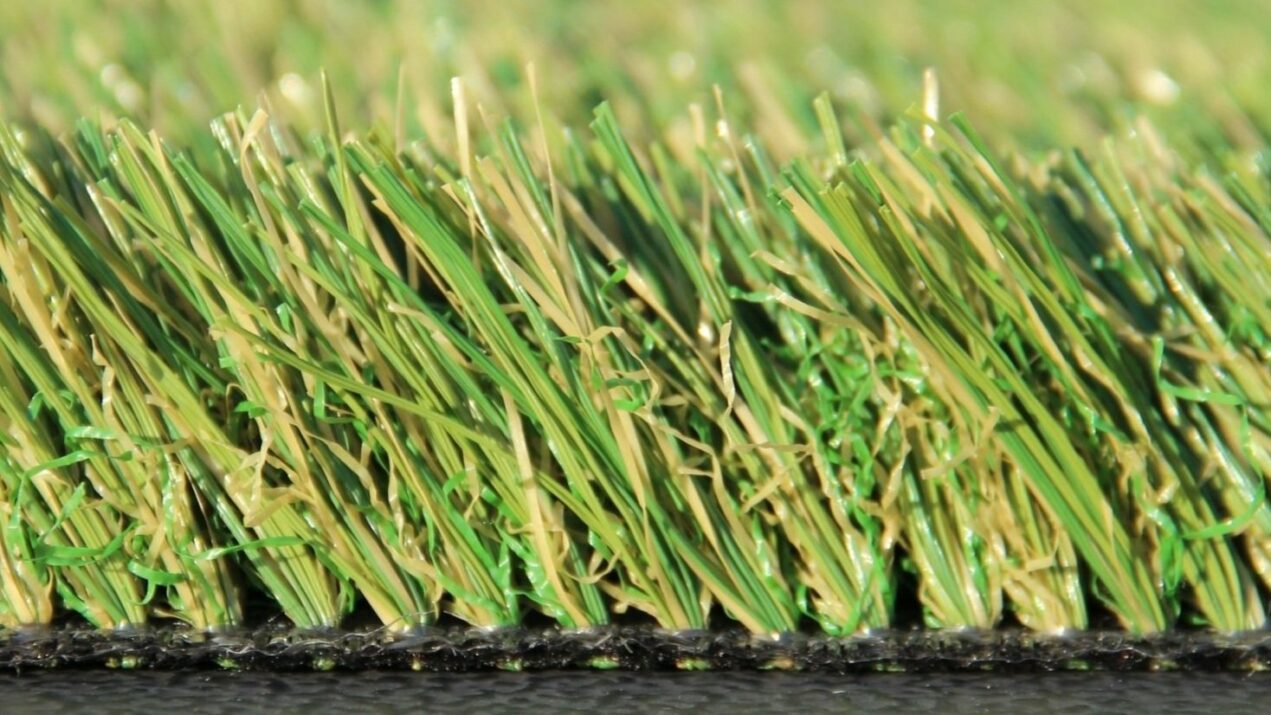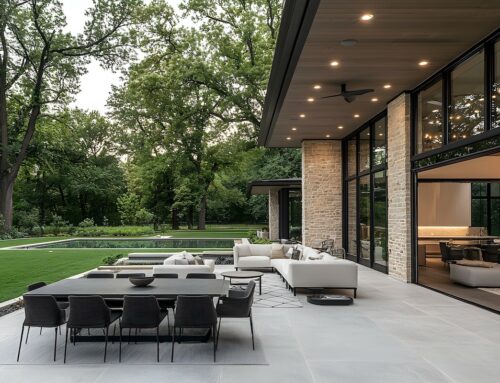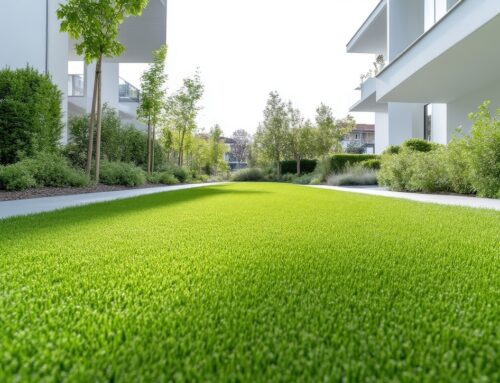Last Updated on November 4, 2022 by ReTurf
Natural grass blades stand up because of their cellular structure. However, over time and with wear, those once-springy grass blades can start to lay flat, fold, or even break. And when natural grass blades are broken or flat, there’s not a whole lot you can do to repair that damage—other than waiting for new grass to grow in or replacing the damaged section.
Fortunately, if your synthetic grass blades are looking a little flat, there are some simple ways you can help them regain their shape.
What Would Cause Artificial Turf Blades to Lay Flat?
Foot traffic is one of the main reasons why artificial grass blades become flattened. If people are constantly walking or running over your artificial turf, it’s possible that some of the blades will start to lay down. You can help keep up with this by brushing your turf occasionally to keep the blades upright.
Another reason why artificial grass blades may become flattened is because of heavy items sitting on them, such as patio furniture, playground equipment, vehicles, paver stones, etc. If these items are left in the same spot on your turf for too long, they can weigh down the blades and cause them to lay flat.
How to Fix Flattened Artificial Turf Blades
If your artificial grass blades are looking a little flat, there are a few things you can do to help them regain their shape:
Brush
First, try fluffing up the blades with a soft brush or broom. This will help to break up any mats that have formed and will also help to lift the blades up. Make sure the bristles are soft (i.e. nylon) rather than metal or another hard material, so as not to damage the blades.
Leaf Blower
If you don’t have a brush, but you do have a leaf blower, you can use that to fluff up the turf. Keep the end of the blower at least 6 inches away from the turf and blow directly at the blades.
Tip: You can use both of these methods together for maximum effect!
Adding Infill
If brushing or blowing doesn’t seem to be doing the trick, you can add infill to your turf. This will help to prop the blades up and give them some support. Silica/sand and crumb rubber are common infill materials, and adding some to your turf can help to give it a more natural look and feel. You can even use reclaimed, used turf infill for a more environmentally-friendly (and wallet-friendly) option.
Tip: Topping off your infill is very easy to do, but if you need some advice, guidance, or technical assistance, contact ReTURF. Our team specializes in project planning, consulting, and installation of synthetic turf. We serve both residential and commercial customers, and we’re dedicated to providing the highest quality new and used artificial turf products and services. We’re happy to help you get your artificial turf looking its best!
What if It Still Looks Flat?
If you’ve tried all of these methods and for some reason, your turf still looks flat, don’t fret. You can always replace the flattened section of turf. This is usually only necessary if a small section of turf has been damaged beyond repair. And it’s a relatively easy process, compared to fixing a damaged natural grass lawn.
Replacing a Small Section of Artificial Turf
If you need to replace a small section of artificial grass and you have some do-it-yourself skills, it’s possible to DIY. You can cut out the damaged piece with a sharp knife or utility knife. Then, use the cut-out piece as a template to cut a new piece of matching turf that will fit perfectly in its place.
If this is your first time replacing turf, it’s a good idea to practice cutting a spare piece of turf before cutting into the damaged section.
Once you have your replacement piece cut out, all you have to do is:
- Lay the new turf in place and make sure it’s properly positioned.
- Secure the turf in place with turf adhesive/seaming tape.
- Replace any infill that was removed and brush the turf to help spread it around evenly.
See Artificial Grass Do It Yourself Support and Tips for more information.
Tips for Blending New Turf with Old Turf
- If you have any leftover artificial turf from the original installation, you’re in luck! That’s ideal for patching purposes since it will match the rest of your turf perfectly. If you don’t have any leftover turf lying around somewhere, try to find some that’s as close in color and texture as possible.
- While rectangular pieces may be easier to cut and replace, it’s much easier to detect replaced sections of artificial turf if they are an “unnatural” shape—such as a square, a rectangle, a triangle, etc. If you can, it’s better to cut out and replace a more organic/wavy shape, then brush the turf to blend it together.
Keep in mind that you will notice the replaced section far more than anyone else will, since you know exactly where it was. If you follow the tips above, it will be much less noticeable than you think!
If you’re having trouble finding matching artificial turf or you don’t feel confident in your ability to replace the turf yourself, you can always consult with professional artificial turf installers.
Artificial turf professionals can take care of the repair, match the old turf, and get your lawn, commercial space, or other artificial turf area looking like new in no time.



